How to take great garden bird photographs - by an expert
A wildlife photographer's 6 tips to capturing beautiful garden bird photos from the comfort of your home.
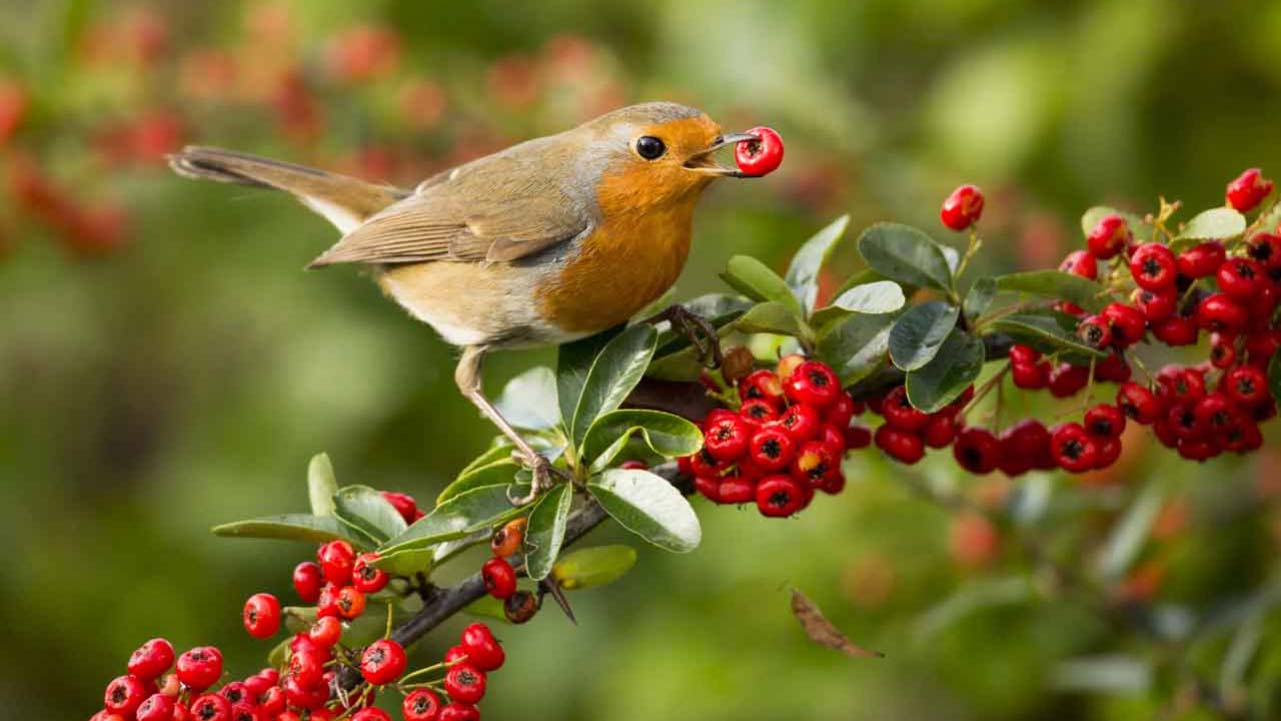
A wildlife photographer's 6 tips to capturing beautiful garden bird photos from the comfort of your home.

Wildlife photographer David Chapman shares his photography tips for capturing beautiful photos of wild birds visiting your garden.
Photography literally means ‘drawing with light’. To make a successful photograph we must use appropriate light.
For bird photography we need quite bright conditions and usually it is best to have the sun behind us as we face the bird. The light is always warmer when the sun is closer to the horizon so early or late in the day is usually best.
The position of the bird is crucial to obtaining an interesting image. It’s better to have a bird on a wonderfully gnarled old log than sitting uncomfortably on the top of a garden cane.
The surroundings can transform the photo from a grab shot of a bird-on-a-stick into a beautiful overall image.
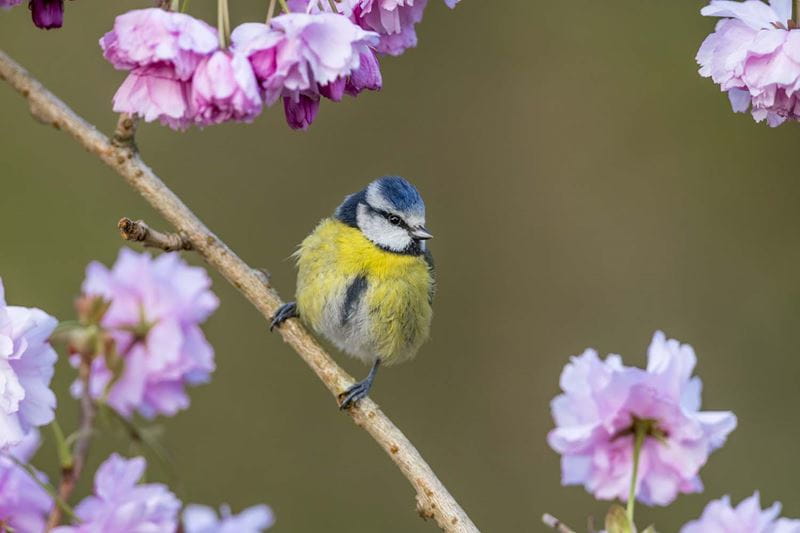
The background is one of the most important considerations. It is usually best to avoid distractions, so don’t leave your wheelbarrow behind the subject.
If you are thinking of photographing birds in your garden you could sit indoors and use an open window to photograph through. You could even partly draw the curtains to mask your movement.
When deciding which window to use think carefully about the angle of light at various times of day and then set up some feeders close by.
Also consider this quick window safety tip of applying external decals to your glazing that could save millions of British birds. When the birds are regularly coming to feed you could introduce some attractive props for the birds to sit on.
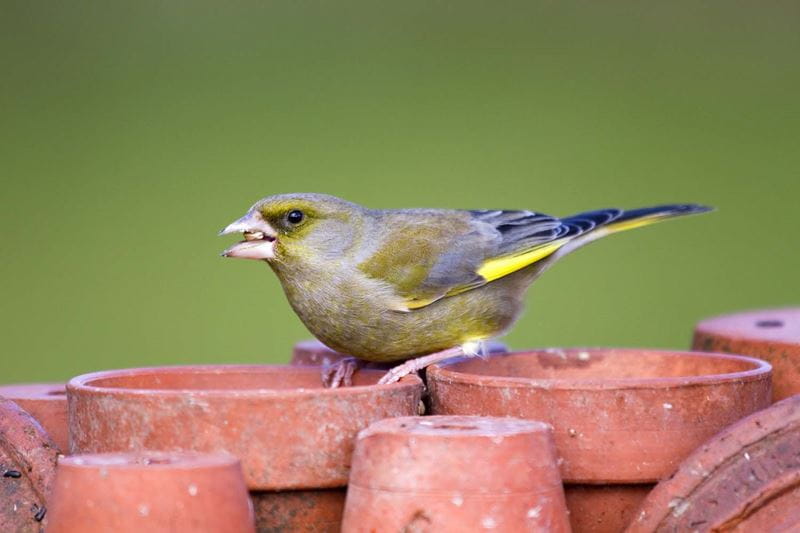
A moss-covered log on the ground could be appealing to dunnocks, robins and blackbirds – especially if you conceal some seed in its cracks and holes. And just make sure you’re not making these bird-feeding mistakes.
I have an old fork handle into which I have drilled peanut-sized holes; I push peanuts in and soon the tits and great spotted woodpeckers will rest there to feed.
An old terracotta plant pot partly filled with seed will attract finches and robins to feed – but make sure the seed isn’t visible from your camera’s position.
Natural food will attract birds and can look very good in photos. I regularly put out apples for the blackbirds and song thrushes, and if it gets very cold I have also had fieldfares and redwings feeding in the same way.
Thinking longer-term I have also planted several pyracanthas within photographing distance of our conservatory.
These are now bearing fruit in more ways than one, I got some lovely photos of the robin feeding on the berries and throughout the winter they sustained a wide range of birds and small mammals.
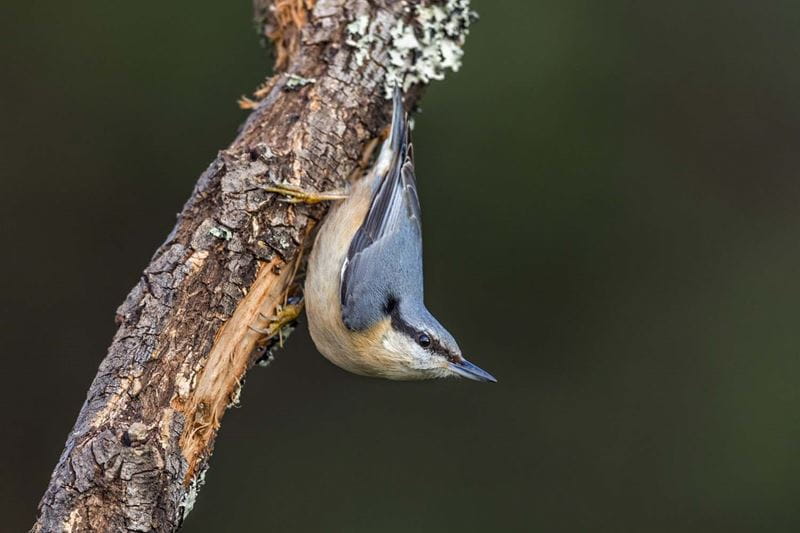
Ideally, you want to use a traditional camera (rather than your smartphone) to capture the best shots. You need to use a telephoto lens, and it’s best to use a tripod so your camera doesn’t move suddenly and disturb the birds.
Use image stabilisation and a fairly fast shutter speed, 1/250th of a second or faster for moving subjects, so set your ISO to achieve this.
However, your phone is likely more than capable of producing some great garden bird photographs as the technology in our mobile phone cameras has come on leaps and bounds over the past decade.
Try to avoid zooming in when using a phone though, as depending on your device, the quality of the image can be reduced.
The rest of our tips in this article remain relevant –whether you’re using a camera or a smartphone to capture the birds and other wildlife in your garden.
David Chapman is a photographer and writer specialising in the natural history of Britain. He has won many awards for his photography and writing which can be seen in a range of magazines, calendars and books. He owns a smallholding in Cornwall where he aims to attract wildlife.
View author page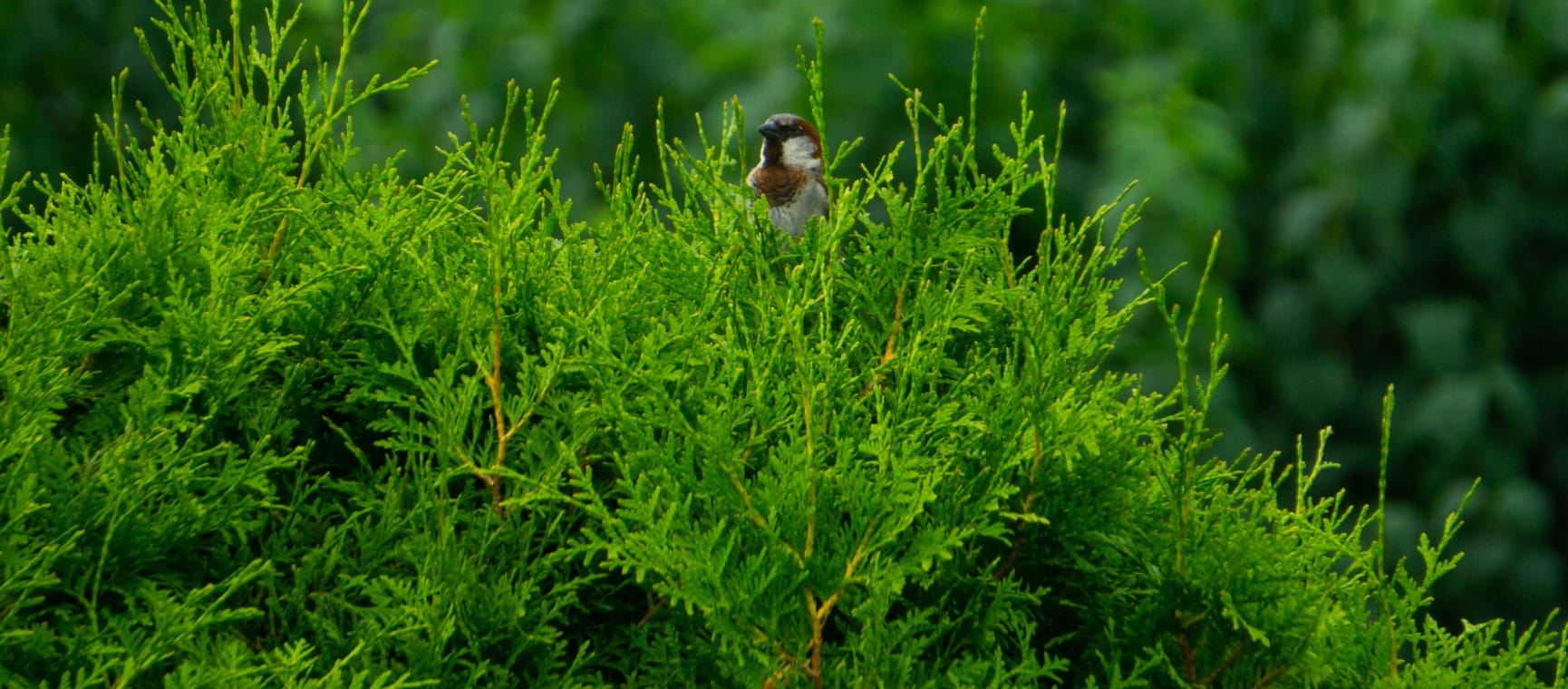
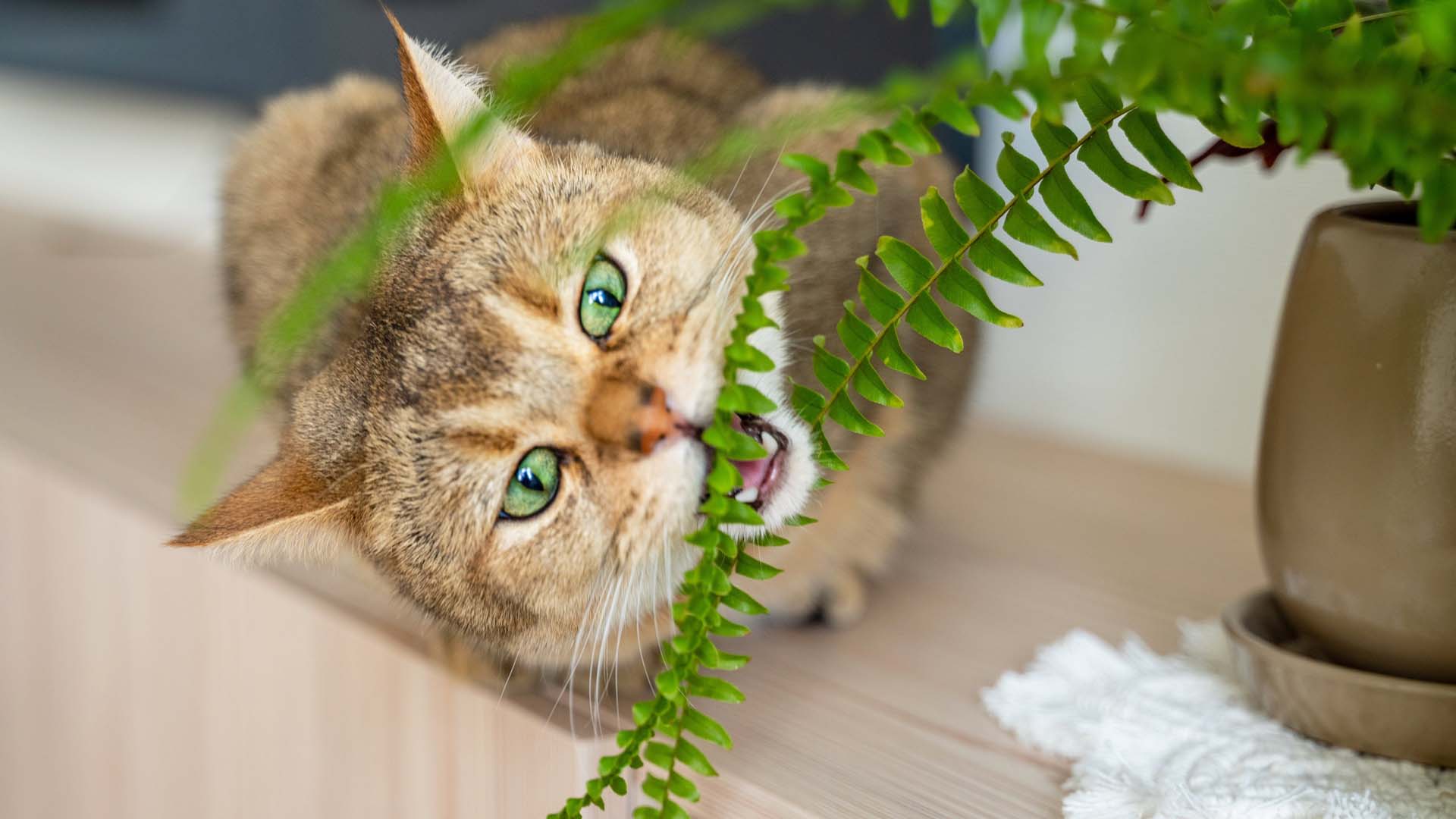
Pots at the ready – these safe houseplants for pets will help your house become tropical, not toxic.
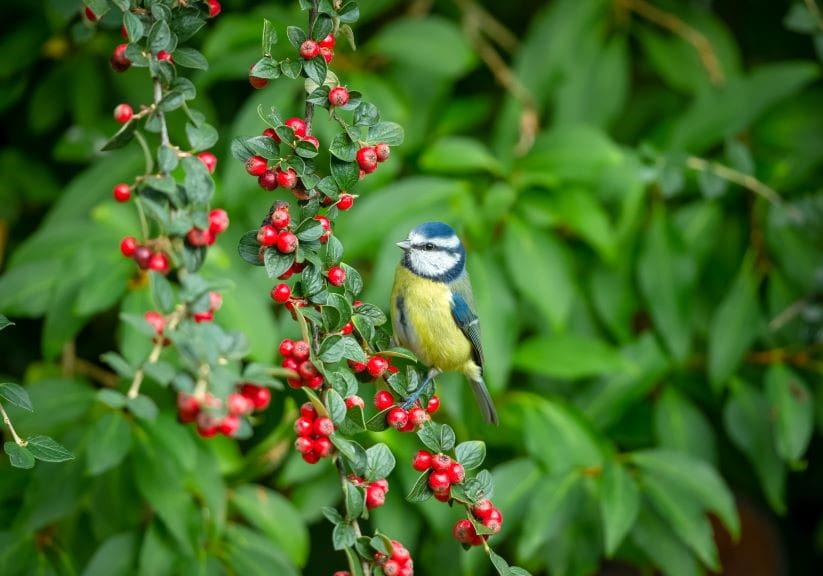
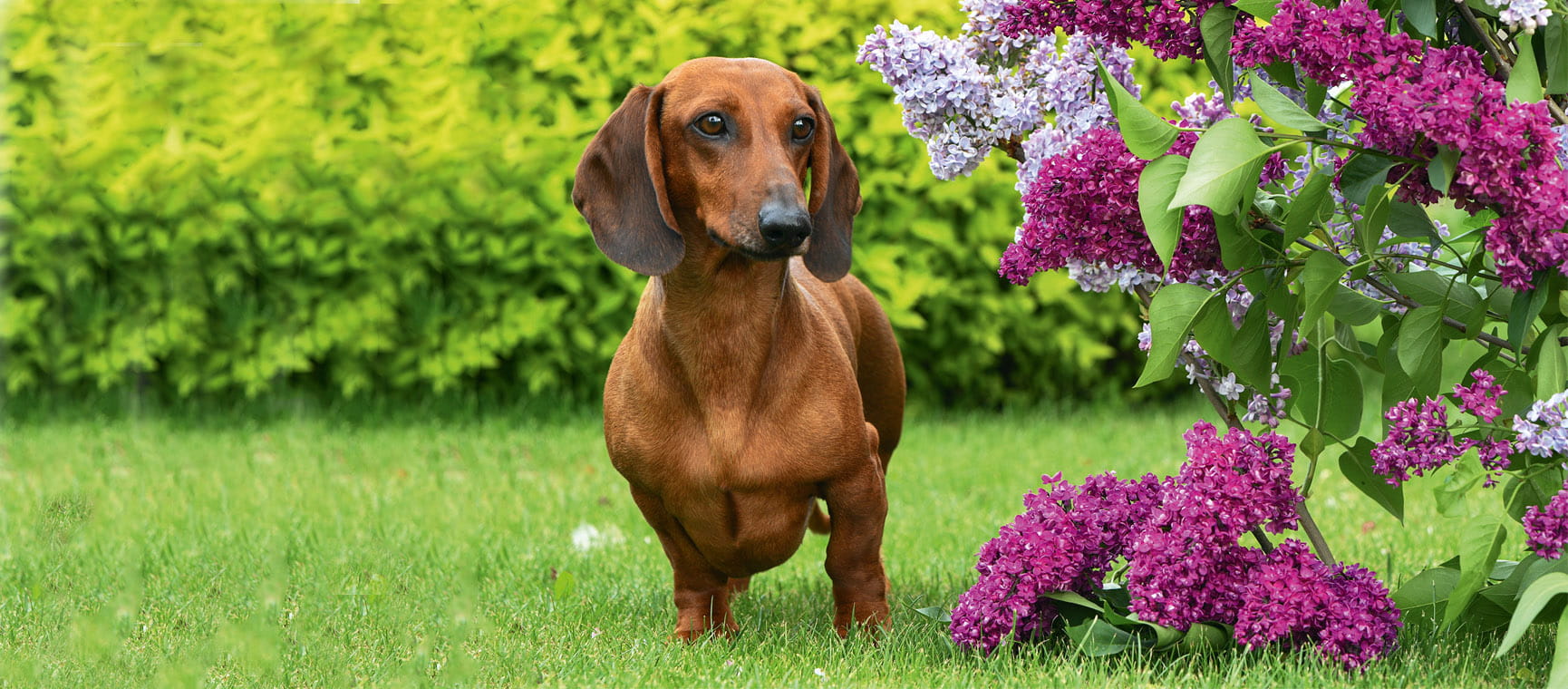
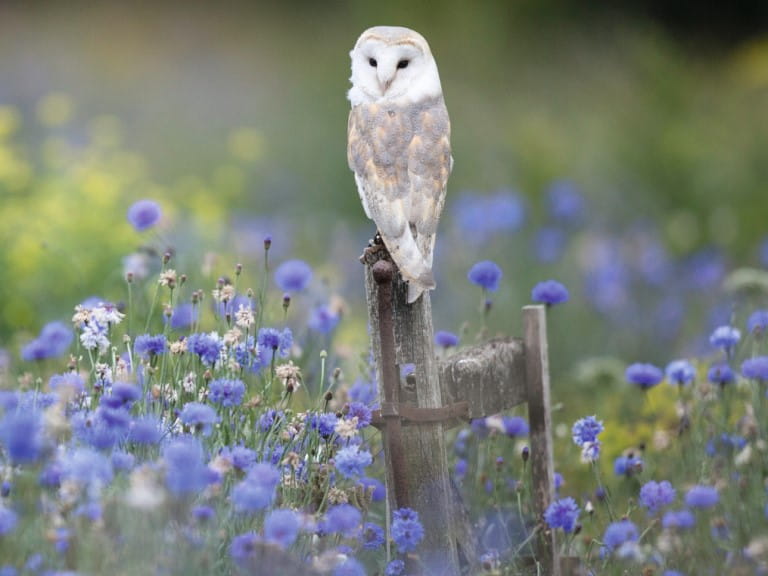
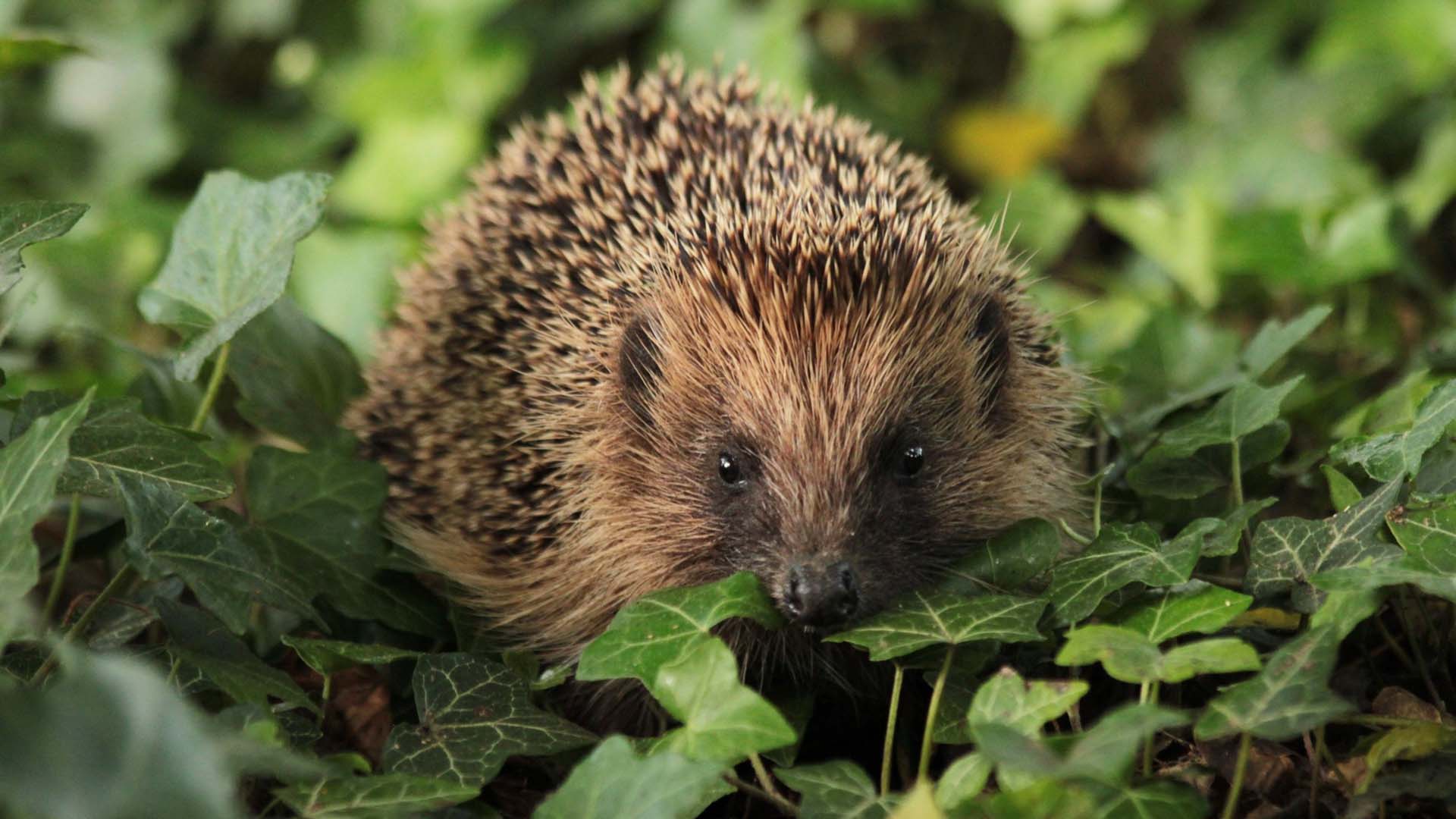
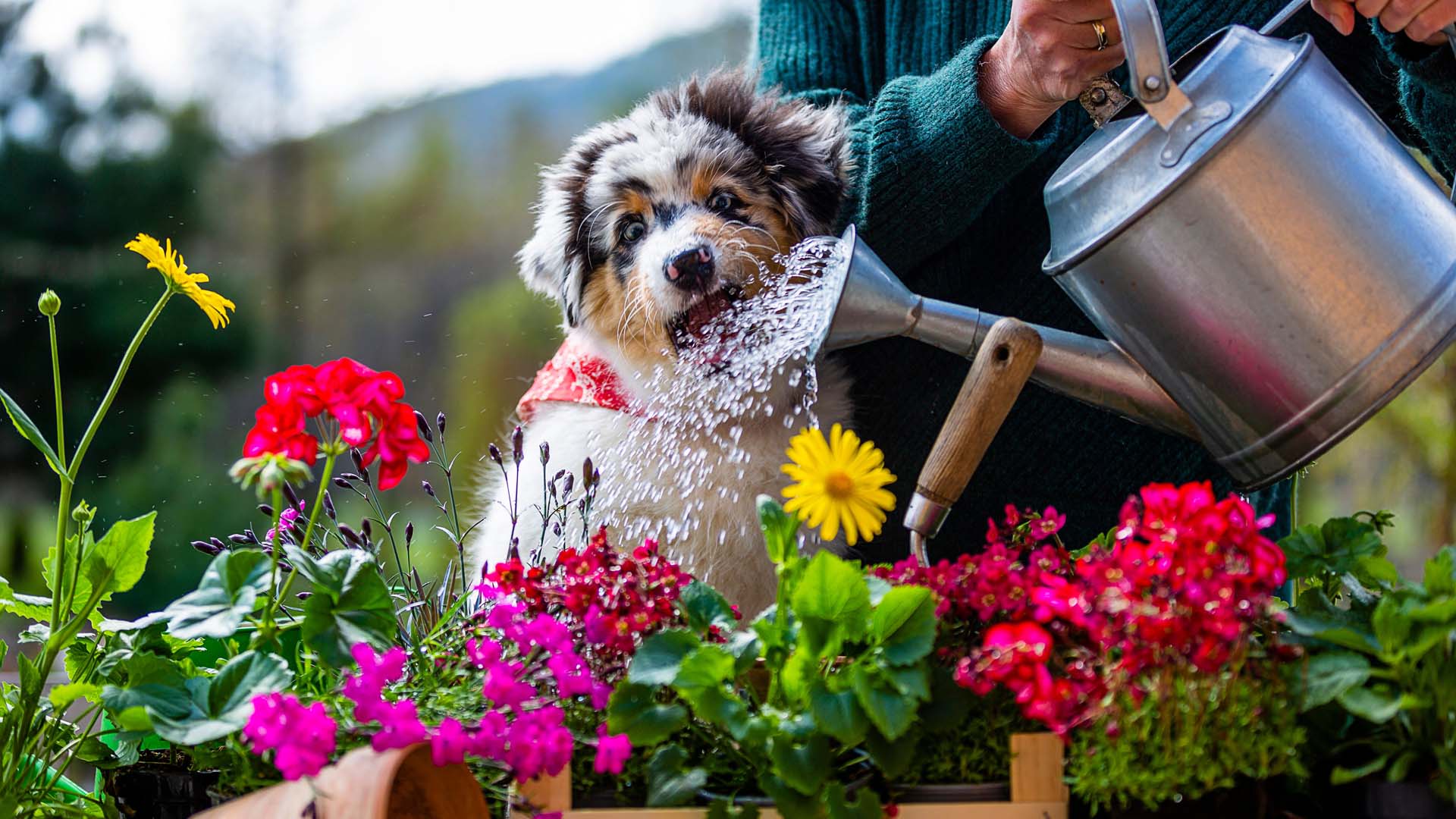
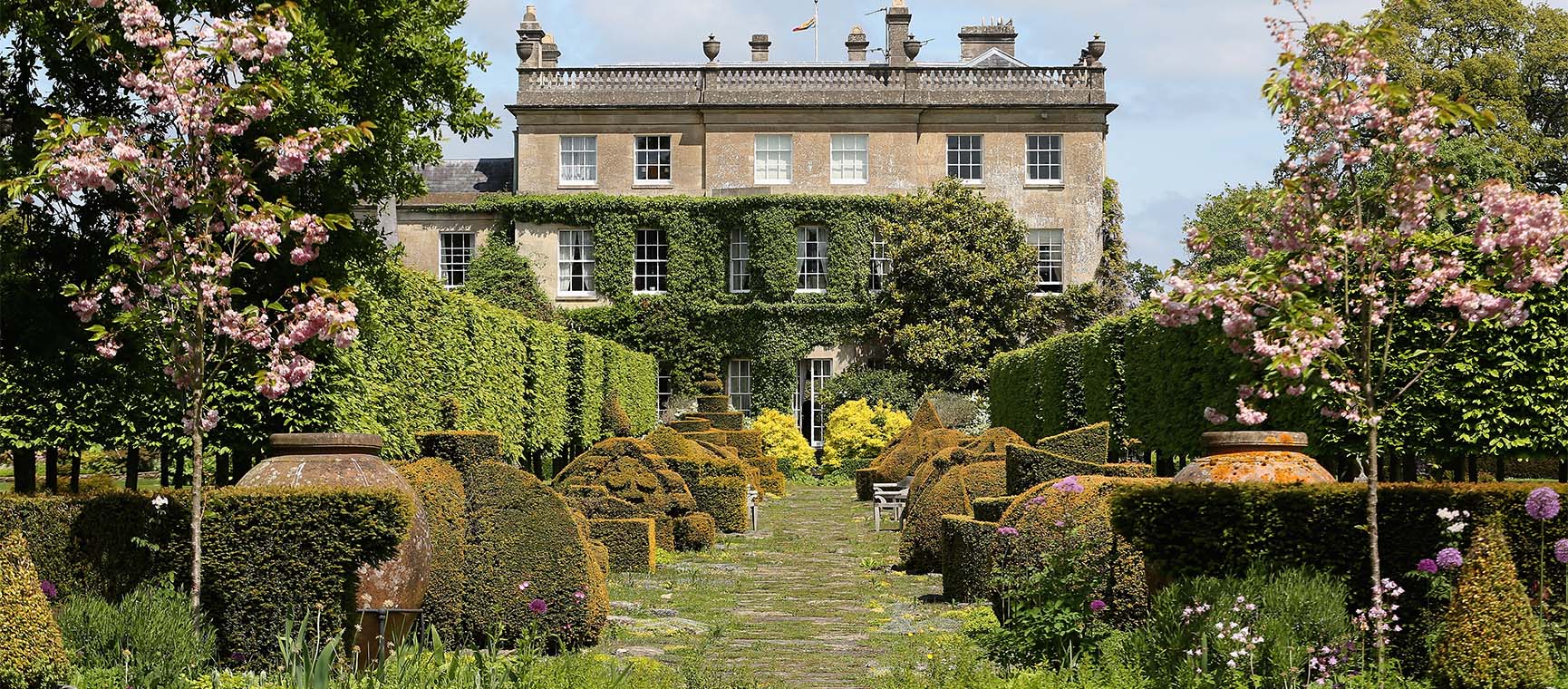
A former Highgrove gardener shares his advice. If they’re good enough for the royals, they’re good enough for us.
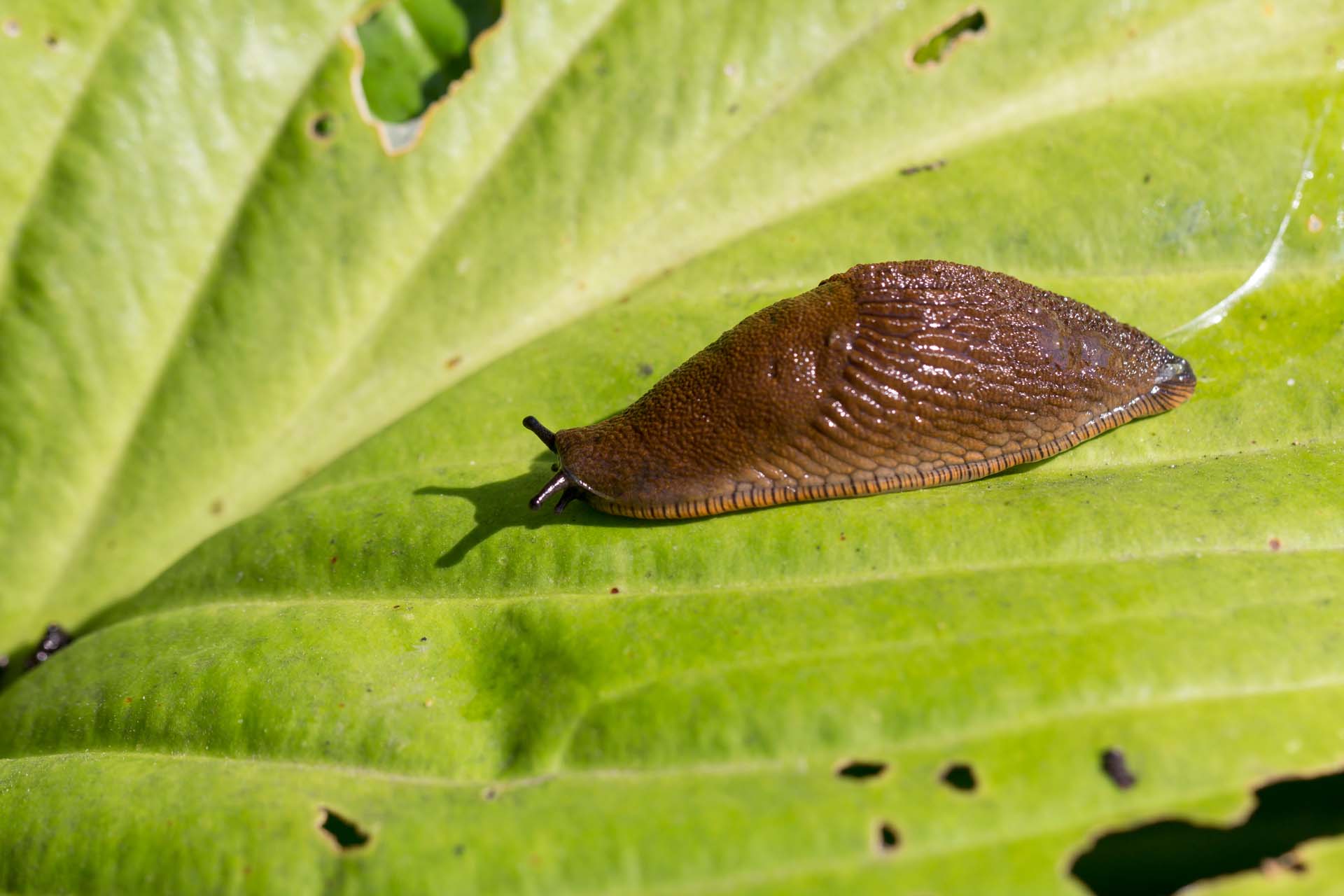

We aren’t the only ones to welcome warmer weather, wasps do too and they could be sharing your home. Find out how to identify a wasp nest and what to do about it
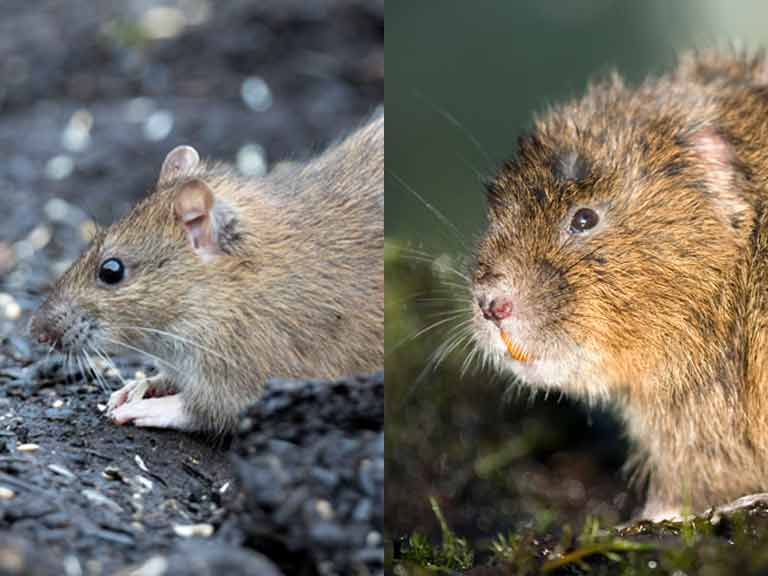
If you've seen a large brown rodent in your garden or swimming in your pond you might be wondering what it is. Wildlife expert David Chapman explains how to tell a water vole from a rat

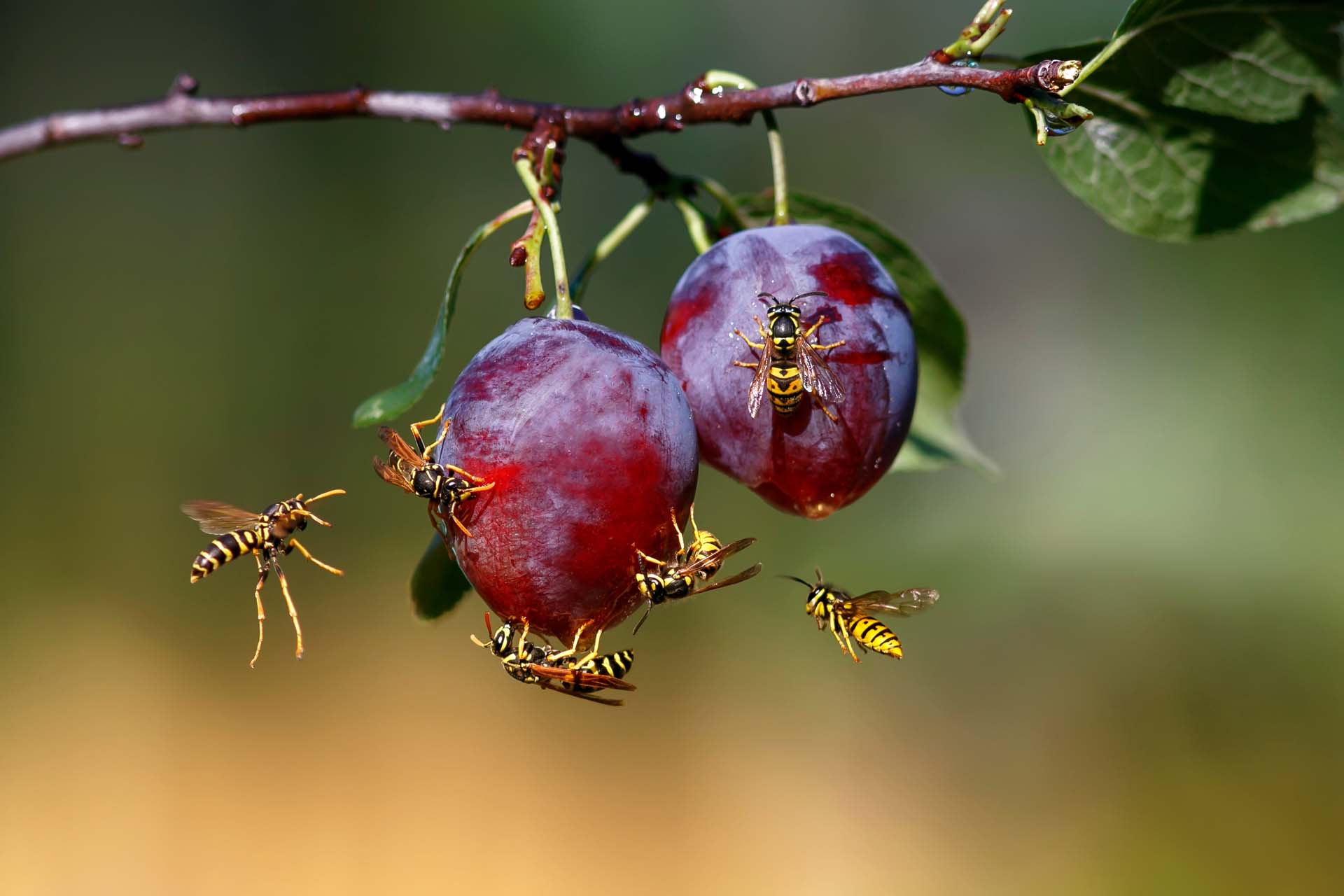
Blighted by buzzing? How to keep wasps out of your garden without harming them so you can enjoy the summer.
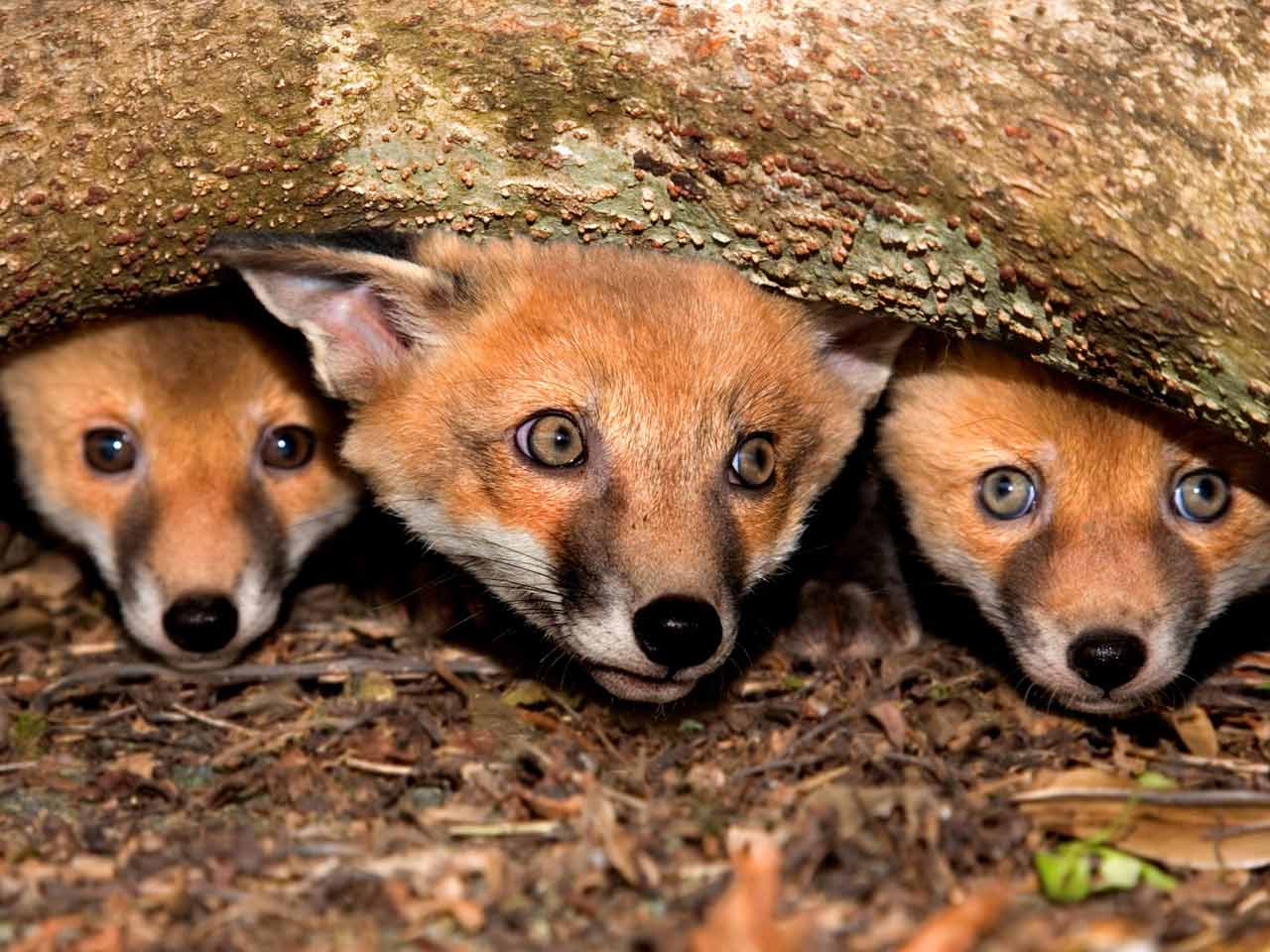
Many of us are living with foxes in our gardens - wildlife expert David Chapman explains what to feed them, how to spot illness and whether you can keep them away.
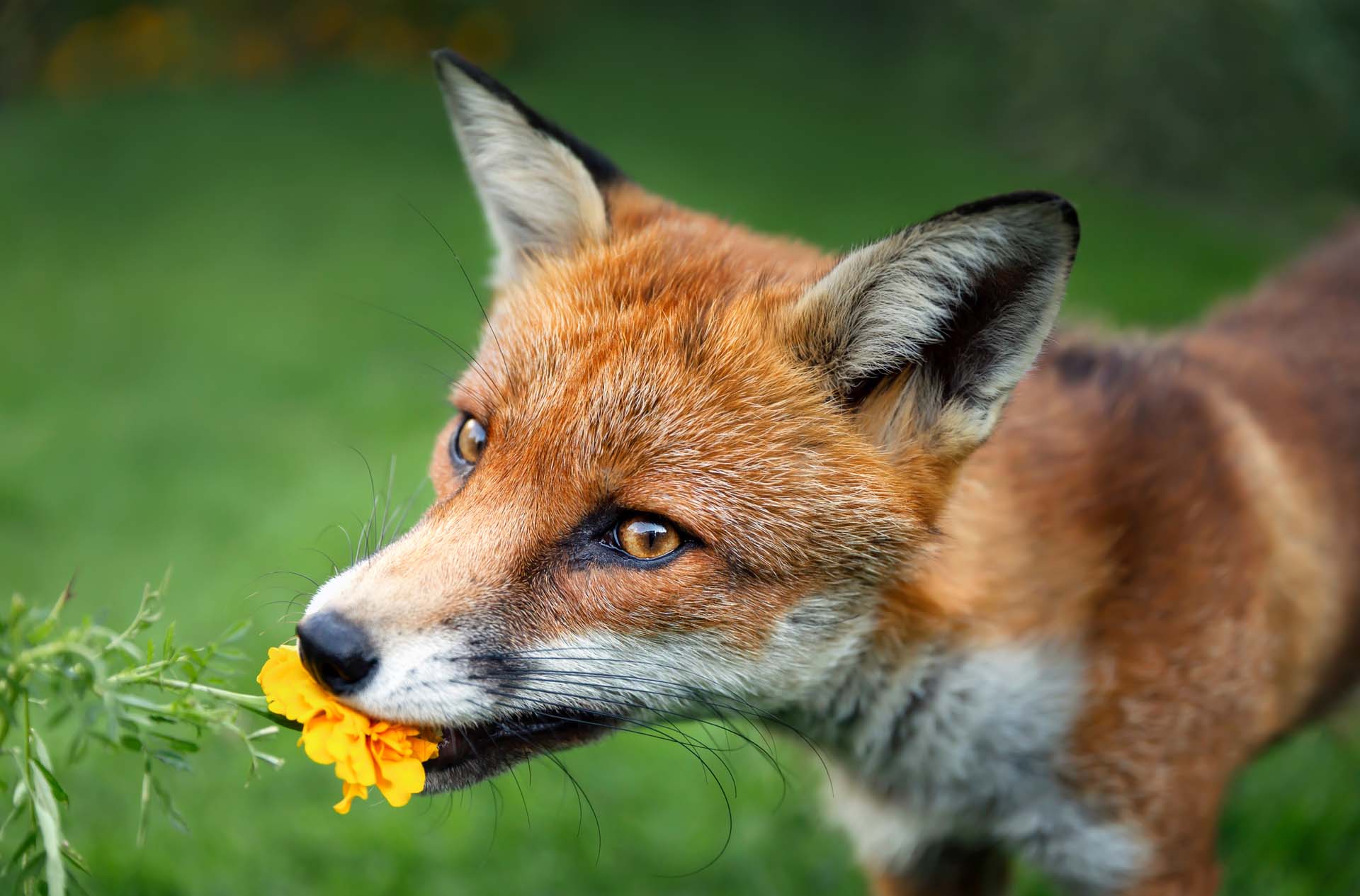
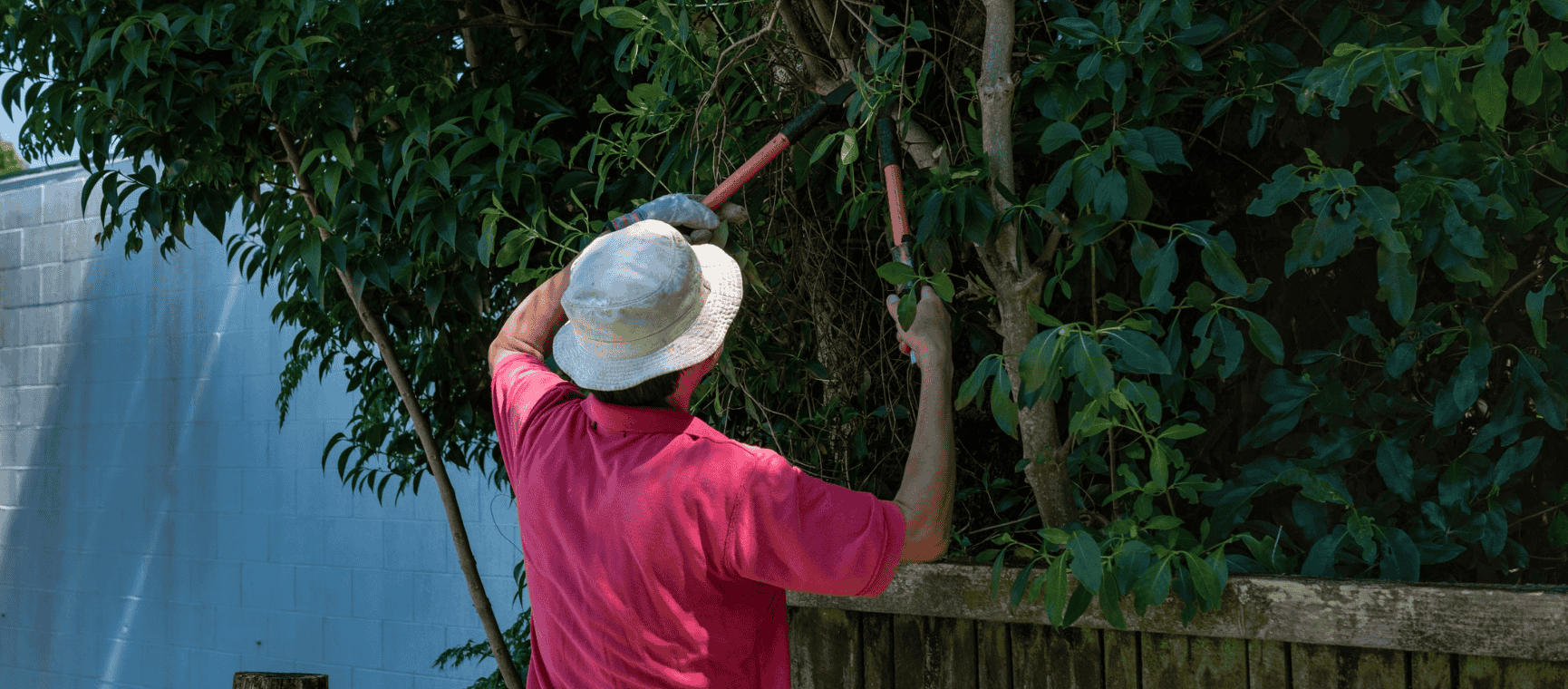
The ways you could be breaking the law in your back garden - with expert advice on how to avoid neighbour disputes, a fine or even a prosecution.